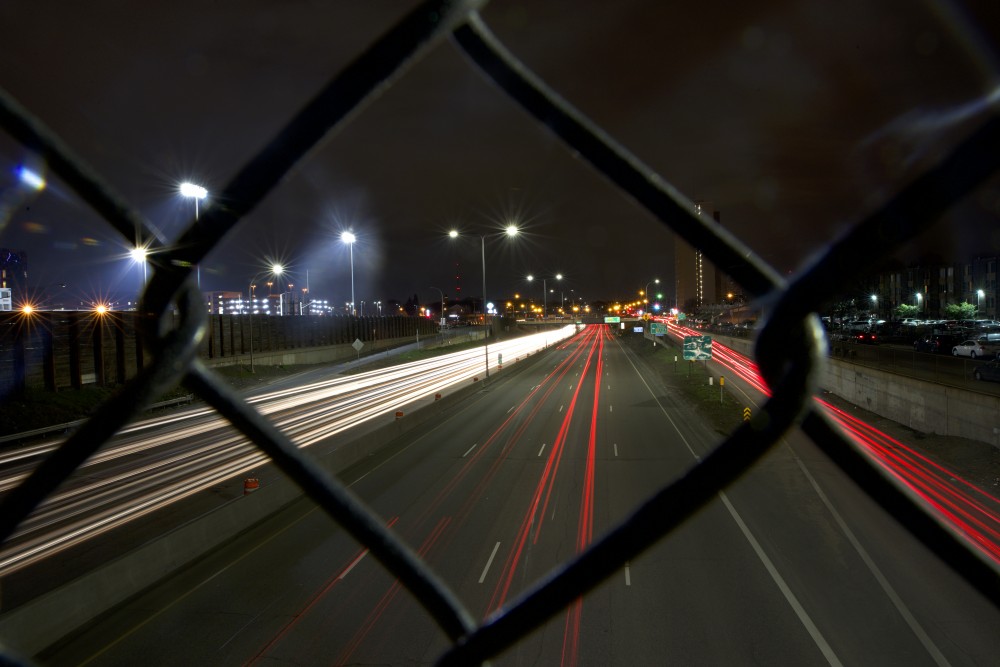A community development nonprofit hopes to better connect the Seward and West Bank neighborhoods by reconstructing crossings that span Interstate 94.
Seward Redesign is working to rebuild five crossings along I-94, and is currently seeking community input on the projects. Seward and West Bank were divided by the interstate’s opening in 1968, making it harder for residents to access their neighboring community.
“The homes and businesses they didn’t demolish were severely harmed just by being disconnected to their neighbors,” Seward Redesign Community Planning Coordinator Scott Shaffer said.
The project focuses on the five main crossings of I-94 in the area. The crossings are located along Cedar Avenue South, 20th Avenue South, the pedestrian bridge near 22nd Avenue South, 25th Avenue South and Riverside Avenue.
Seward Redesign is working with agencies like the Minnesota Department of Transportation, Hennepin County Community Works, the Minneapolis Public Works Department and local businesses to rebuild the crossings.
Two open houses were held at Seward Tower West and Augsburg University over the past week to hear community concerns. Students and non-English speakers were encouraged to attend.
“We wanted to prioritize the voices of people who actually live here. We have these meetings with all of these high-power agencies, so we like to get other community voices involved,” University of Minnesota student and Seward Redesign intern Brigid Higgins said.
Translators were provided to help Arabic and Somali speakers. Signs for the event were written in English and Somali.
“[Non-English speaking community members] have been appreciative that people have come out of their way to help them,” translator Huda Mohammed said.
This redesign process is also meant to help make local businesses more accessible to the community.
“Pizza Luce and the Seward Cafe are really close to the University of Minnesota campus, but there’s kind of a mental barrier because it feels so far,” Higgins said.
Fifty percent of Seward and West Bank residents are commuters who walk, bike or take transit, according to 2011-2015 American Community Survey data referenced in a Seward Redesign pamphlet. Only 30 percent of Minneapolis residents commute this way.
Thirty-seven percent of households in Seward and West Bank are car-free, according to the data. “A lot of them walk. They want updates to the walking parts,” Mohammed said.
MnDOT originally flagged the bridges for structural problems, prompting Seward Redesign to seek the opportunity to completely rebuild them. Work on the five crossings will begin at different times.
The Riverside Avenue bridge needs replacement or repairs in the next five to 10 years. MnDOT plans to replace the 20th Avenue bridge in the next four to nine years. The other crossings don’t have replacement plans yet.
“We’re looking to reconnect neighborhoods, re-establishing those connections psychologically, for businesses, for people,” Shaffer said.

















